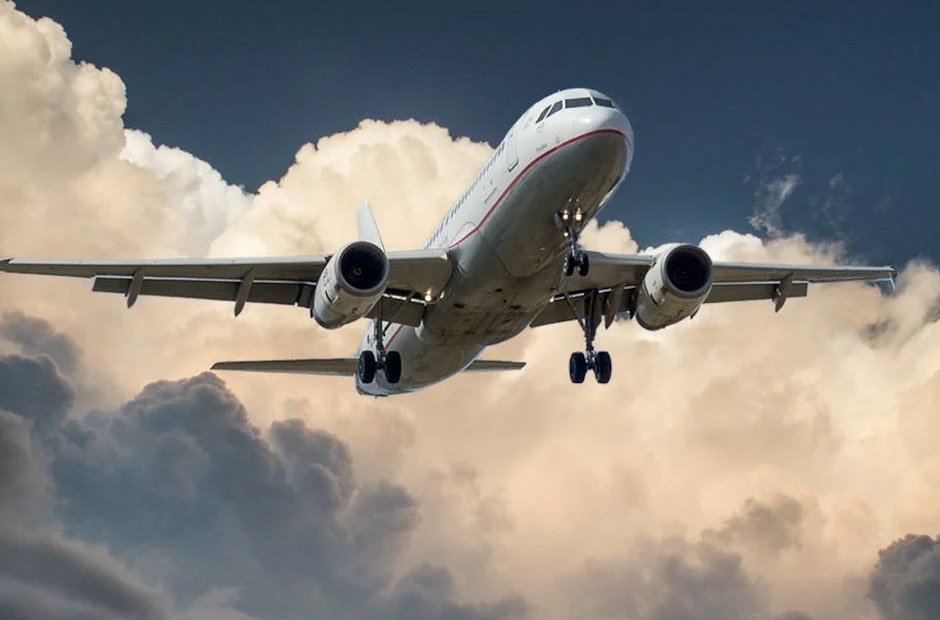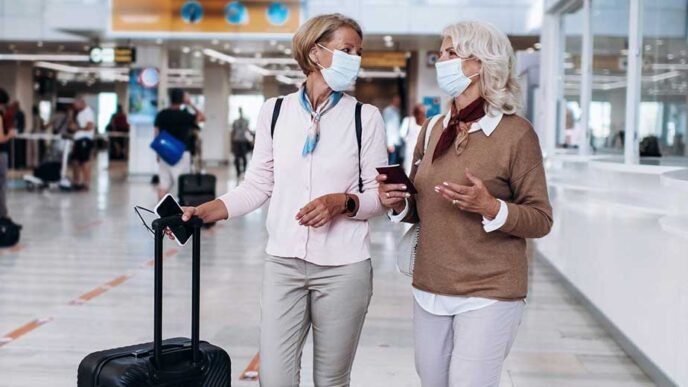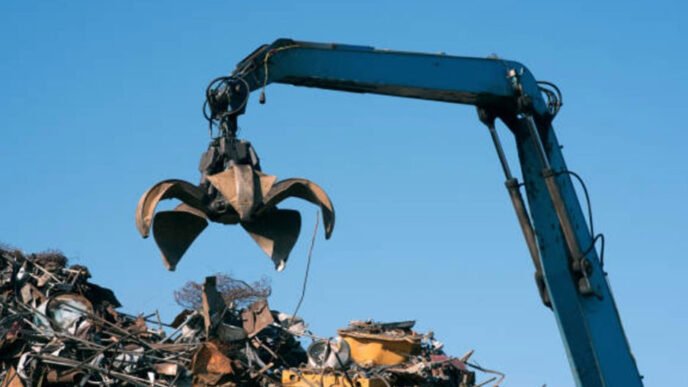In the realm of aviation, safety isn’t just a priority — it’s paramount. Ensuring your aircraft is secure can significantly reduce risks associated with flying. Whether you’re a pilot or an aircraft owner, adopting a proactive approach to maintenance and upgrades can lead to safer skies.
This blog post explores five innovative strategies to enhance aircraft safety. These tips are designed to be practical, giving you actionable steps to immediately improve your aircraft’s safety protocols.
1. Elevate Your Emergency Training to Simulate Reality
Emergency preparedness goes beyond routine drills; it should simulate actual crisis scenarios as closely as possible. By conducting realistic emergency training sessions, you and your crew can understand how to react swiftly and efficiently in unexpected situations. This includes practicing evacuations, handling in-flight emergencies like sudden depressurization, and managing mechanical failures.
Each member of your crew should be familiar with their roles and responsibilities, ensuring a coordinated and timely response. Training should also include first aid and firefighting techniques, tailored specifically to the unique challenges presented by your aircraft and typical flights. Regularly updating and reviewing emergency protocols keeps the crew sharp and prepared for any situation.
2. Implement Advanced Diagnostic Tools for Pre-Flight Checks
Technology has revolutionized pre-flight inspections, making them more thorough and less susceptible to human error. Advanced diagnostic tools can detect issues that might be overlooked during a manual check.
Investing in systems that provide real-time data on engine performance, structural integrity, and system efficiency can prevent accidents caused by mechanical failure. These technologies not only enhance safety but also improve the overall reliability and longevity of your aircraft. Frequent updates and calibrations of these tools are crucial to maintain their accuracy and effectiveness.
3. Strengthen Your Cockpit With Next-Gen Communication Systems
Effective communication is critical in maintaining aircraft safety. Upgrading to next-generation communication systems ensures clear, uninterrupted contact between the cockpit and ground control, as well as among the crew members themselves. These systems reduce the likelihood of miscommunications that could lead to operational errors.
Enhanced communication technologies are especially important in international flights where language barriers might pose additional challenges. They also help in maintaining situational awareness, keeping the crew informed about other aircraft in proximity and relevant flight path changes.
4. Revamp Your Maintenance Routine With a Focus on Hydraulics
The hydraulic system, including the crucial components that utilize Skydrol hydraulic fluid, plays a pivotal role in aircraft operation. Regular maintenance of these systems ensures that everything functions as expected when you need it most. By replacing and testing the hydraulic fluid regularly, you can prevent corrosive damage and wear that might lead to failures.
It’s also vital to follow the manufacturer’s guidelines and schedule for inspections and replacements, tailoring your maintenance plan to the specific needs and usage patterns of your aircraft. Additionally, conducting hydraulic system audits and using sensor-based monitoring can help detect early signs of system degradation. Such proactive measures are critical in preventing unexpected malfunctions during flight, ensuring both safety and operational readiness.
5. Upgrade to Enhanced Weather Forecasting Tools
Adverse weather conditions pose significant risks to safety in aviation. By integrating enhanced weather forecasting tools into your flight planning processes, you can better anticipate and avoid hazardous weather. These systems provide detailed insights into weather patterns and allow for real-time updates while in flight.
Access to sophisticated meteorological data enables pilots to make informed decisions about route adjustments and whether to proceed with or postpone a flight. The ability to predict and react to weather conditions can be the difference between a safe flight and a dangerous one. Advanced forecasting tools also support the development of more accurate risk assessments before each flight, thereby improving overall flight safety. With predictive analytics, pilots can understand not just current conditions but also upcoming changes in weather that might affect flight paths.
Conclusion
In conclusion, making your aircraft safer involves a combination of training, technology, and proactive maintenance. By implementing the above tips, you can significantly reduce the risks associated with flying. Each step not only enhances safety but also contributes to the overall efficiency and reliability of your aircraft operations. Adopting these strategies will help you create a safer flying environment for everyone on board.












